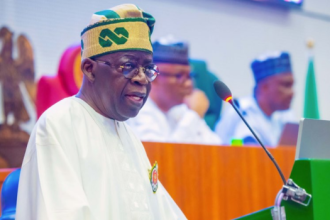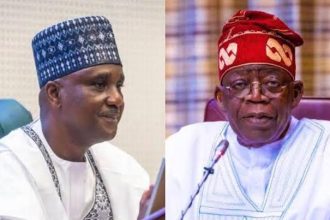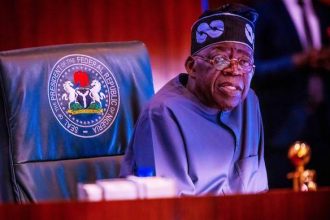In a recent study conducted by linguists and language experts, the world’s most spoken languages have been identified and ranked based on the number of native and non-native speakers. The study provides valuable insights into the global linguistic landscape, highlighting the languages that are widely used and influential in various regions. Without further ado, let’s delve into the list and explore the significance of each language.
English: Topping the list is English, with a staggering 1,132 million speakers. As the lingua franca of business, technology, and international relations, English has achieved global dominance due to the historical influence of the British Empire and the United States.
Mandarin Chinese: A close contender for the top spot, Mandarin Chinese claims 1,117 million speakers. As the official language of China, it plays a vital role in the world’s most populous nation and boasts a significant diaspora around the globe.
Hindi: With 615 million speakers, Hindi secures the third position. It serves as the primary language of communication in India, a country with a diverse linguistic landscape. Hindi is also widely spoken in neighboring countries like Nepal and Bhutan.
Spanish: Spanish takes the fourth spot with 534 million speakers. As the official language of 21 countries, including Spain and most of Latin America, Spanish enjoys widespread use and is considered one of the most romantic and melodious languages.
French: Spoken by 280 million individuals, French maintains its position as a prominent global language. It serves as the official language in numerous countries, including France, Canada, and several African nations. French has a rich cultural heritage and remains influential in literature, cuisine, and diplomacy.
Standard Arabic: With 274 million speakers, Standard Arabic is the lingua franca of the Arab world. While various dialects are spoken across the region, Standard Arabic serves as the language of formal communication, religion, and media.
Bengali: Widely spoken in Bangladesh and the Indian state of West Bengal, Bengali claims 265 million speakers. It is known for its vibrant literature, poetry, and songs, contributing to the rich cultural tapestry of the region.
Russian: Russian, with 258 million speakers, holds a prominent place as the largest native language in Europe. It is the official language of Russia, Belarus, Kazakhstan, and Kyrgyzstan, and maintains its influence in literature, science, and arts.
Portuguese: Boasting 234 million speakers, Portuguese is the official language of Portugal, Brazil, and several African nations. Its global influence extends to regions such as Macau and East Timor, where it is widely spoken.
Indonesian: With 199 million speakers, Indonesian secures its place as one of the most spoken languages worldwide. As the official language of Indonesia, it unifies the diverse archipelago nation and facilitates communication across its numerous islands.
Urdu: Urdu, with 170 million speakers, is widely spoken in Pakistan and serves as one of its national languages. It also holds cultural and historical significance in India, particularly among the Muslim population.
German: German claims 132 million speakers and is the most widely spoken language in Germany, Austria, and Switzerland. It is renowned for its precision and influence in science, engineering, and philosophy.
Japanese: Japanese, spoken by 128 million individuals, holds an essential place as the official language of Japan. It is known for its unique writing system, intricate honorifics, and rich cultural heritage.
The list continues, encompassing numerous other languages that contribute to the linguistic diversity of our world. Each language brings with it a rich tapestry of history, culture, and identity, influencing the lives of millions of people.
It is important to note that the number of speakers listed here represents an estimation and may vary due to factors such as migration, language policies, and changing demographics. Furthermore, the rankings may shift over time as populations grow, economies evolve, and geopolitical landscapes change.
Understanding the linguistic landscape is crucial for fostering intercultural understanding, promoting international cooperation, and ensuring effective communication on a global scale. As the world continues to become more interconnected, these languages will play an increasingly vital role in bridging gaps and facilitating meaningful exchanges between diverse communities.
The ranking of the most spoken languages worldwide provides a fascinating glimpse into the linguistic fabric of our planet. With English and Mandarin Chinese leading the pack, followed closely by Hindi and Spanish, the list showcases the immense influence and global reach of these languages. As we celebrate and appreciate the beauty of diverse languages, it is important to recognize the value they bring to our societies, histories, and shared future.












